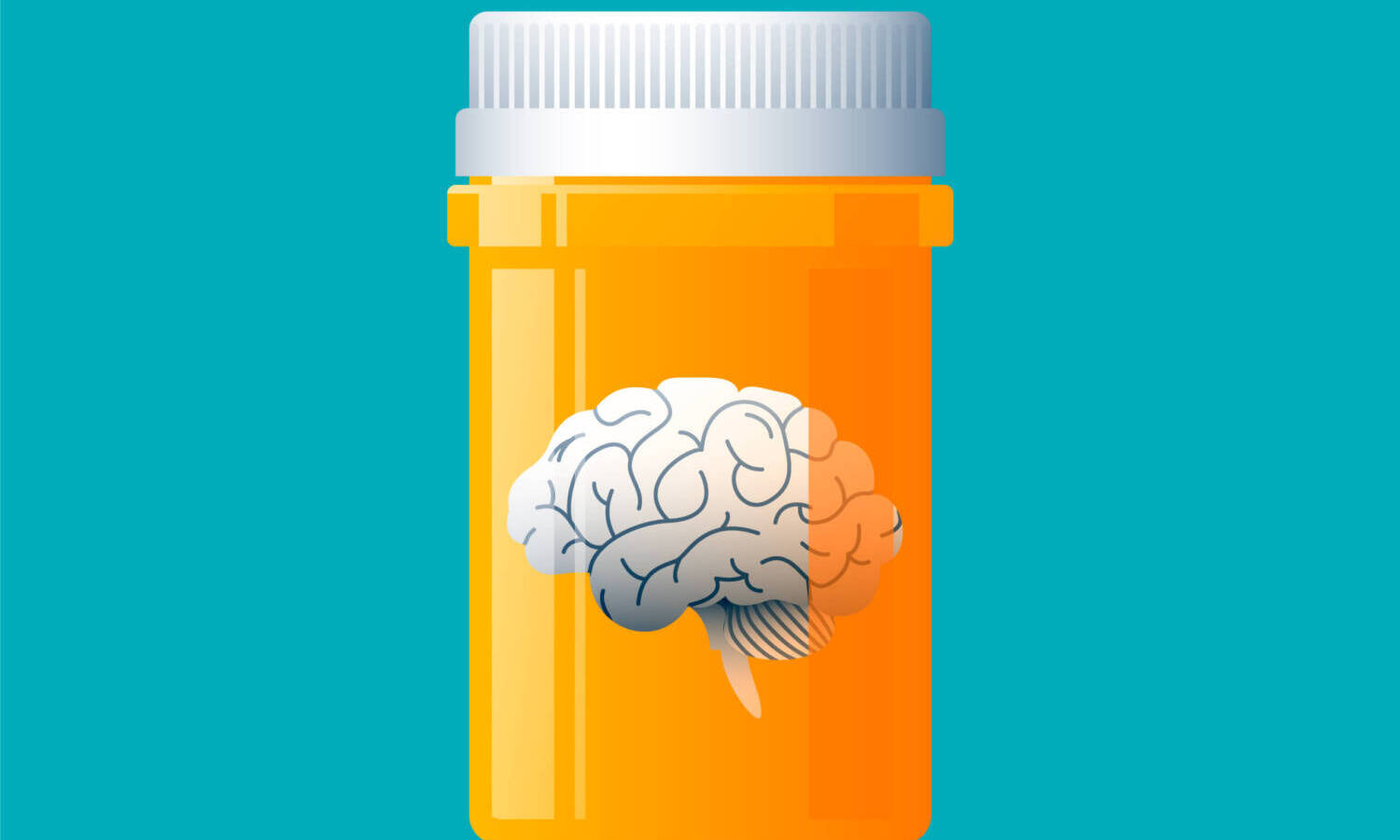Pain is primarily caused by inflammation, and cannabis helps reduce inflammation. Both THC and CBD are effective in reducing inflammation that is linked to several diseases.
This article originally appeared on Cannabis.net and has been reposted with permission.
The vast majority of people using medical cannabis are doing so to mitigate pain or chronic pain. In fact, in 1997, this was all you needed to get a doctor’s recommendation in California. However, according to a recent study, it’s all in your head.
CNN reported on the study which claims that there is a “lack of evidence” to suggest that cannabis does anything for pain and say that it’s the “belief that cannabis will reduce your pain” that actually reduces your pain. In other words, they are saying that cannabis for pain management is a placebo.
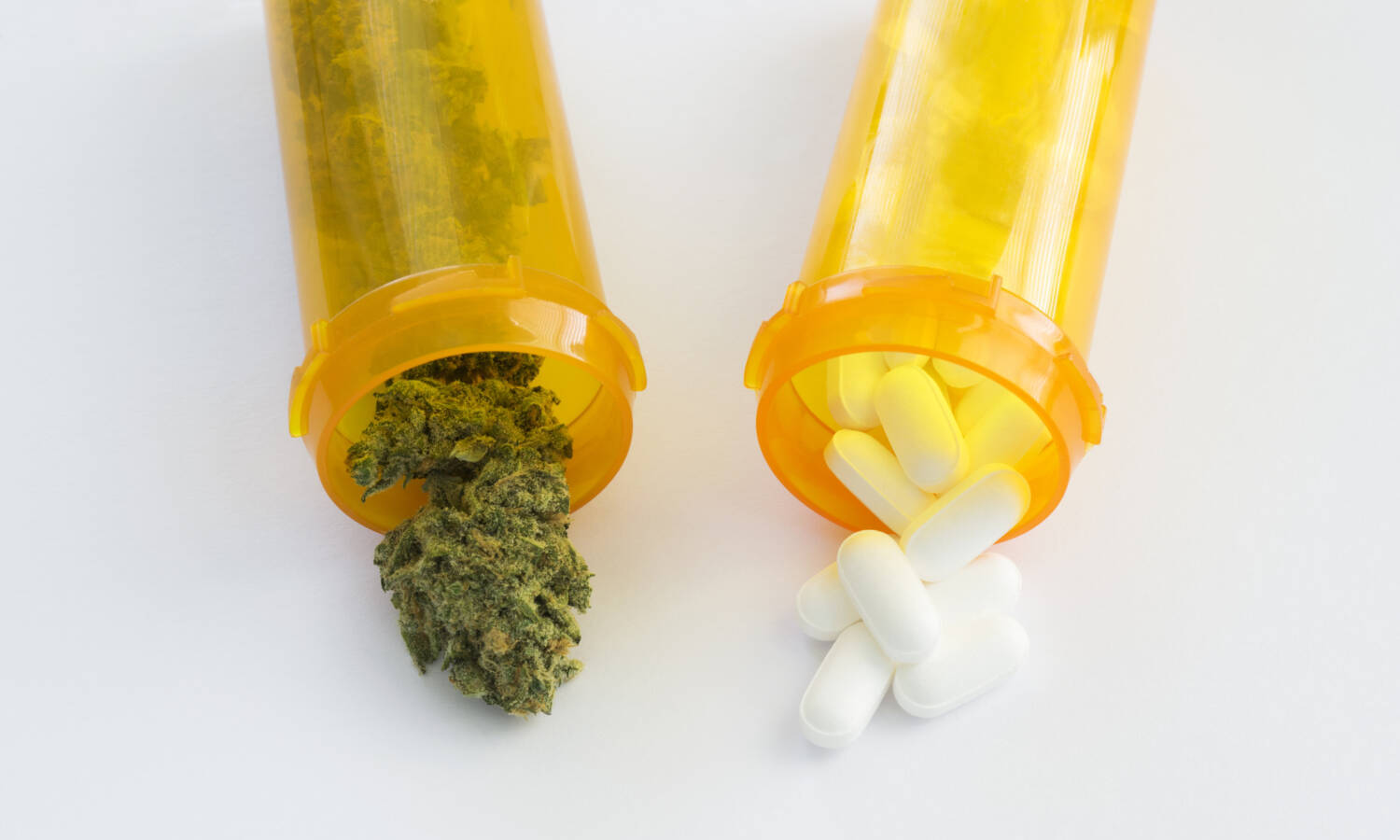
In this article, we’re going to be taking a closer look at the study and even more interestingly, the “placebo effect” in general. Perhaps cannabis helps sell the “sugar pill” to the mind, or perhaps there are other mechanisms at work that could be responsible for pain reduction in cannabis patients.
A Closer Look at the Study
Via CNN:
“The placebo response amounted to 67% of the pain relief associated with genuine cannabinoids,” said lead author Jensen, an associate professor and research group leader in the pain neuroimaging lab at the Karolinska Institutet in the Stockholm area.
“Factors such as patients’ expectations of relief are likely to play a role in the analgesic effects associated with cannabis-based treatments,” Jensen said in an email.
CNN then posted information about other studies that seemingly found similar evidence. For example, in a 2020 study published in JAMA Network:
This meta-analysis of 20 studies of 1459 individuals found a significant pain reduction in response to placebo in cannabinoid randomized clinical trials. Media attention was proportionally high, with a strong positive bias, yet not associated with the clinical outcomes.
Of which they concluded:
Placebo contributes significantly to pain reduction seen in cannabinoid clinical trials. The positive media attention and wide dissemination may uphold high expectations and shape placebo responses in future trials, which has the potential to affect the outcome of clinical trials, regulatory decisions, clinical practice, and ultimately patient access to cannabinoids for pain relief.
CNN then continued with their article by publishing results from a 2020 study done in the UK on pain relief and cancer patients. Researchers found “no change in average pain intensity between the people who used cannabis and those who took dummy pills. In the study, some cannabis users experienced side effects at times severe enough to cause dropout from the studies. Reported side effects included dizziness, nausea, vomiting, fatigue and sleepiness.”
An experimental psychologist not associated with the cannabis studies commented on the results, presumably to add more “authority” to the article.
“I think we set up patients to expect a certain kind of outcome,” said experimental psychologist Harriet de Wit, a professor of psychiatry and behavioral science at the University of Chicago who studies the placebo effect.
“Without a doubt, some people are going to expect to get the active drug, and they’ll experience some of those positive outcomes. That’s true with antidepressants; it’s true with pain medications,” said de Wit, who was not involved in the new study on cannabis.
“It’s an interesting and very real phenomenon,” she added. “It’s certainly not ‘all in your head.’ And yet there are some brain circuits that are involved in creating those thoughts and those expectations.”
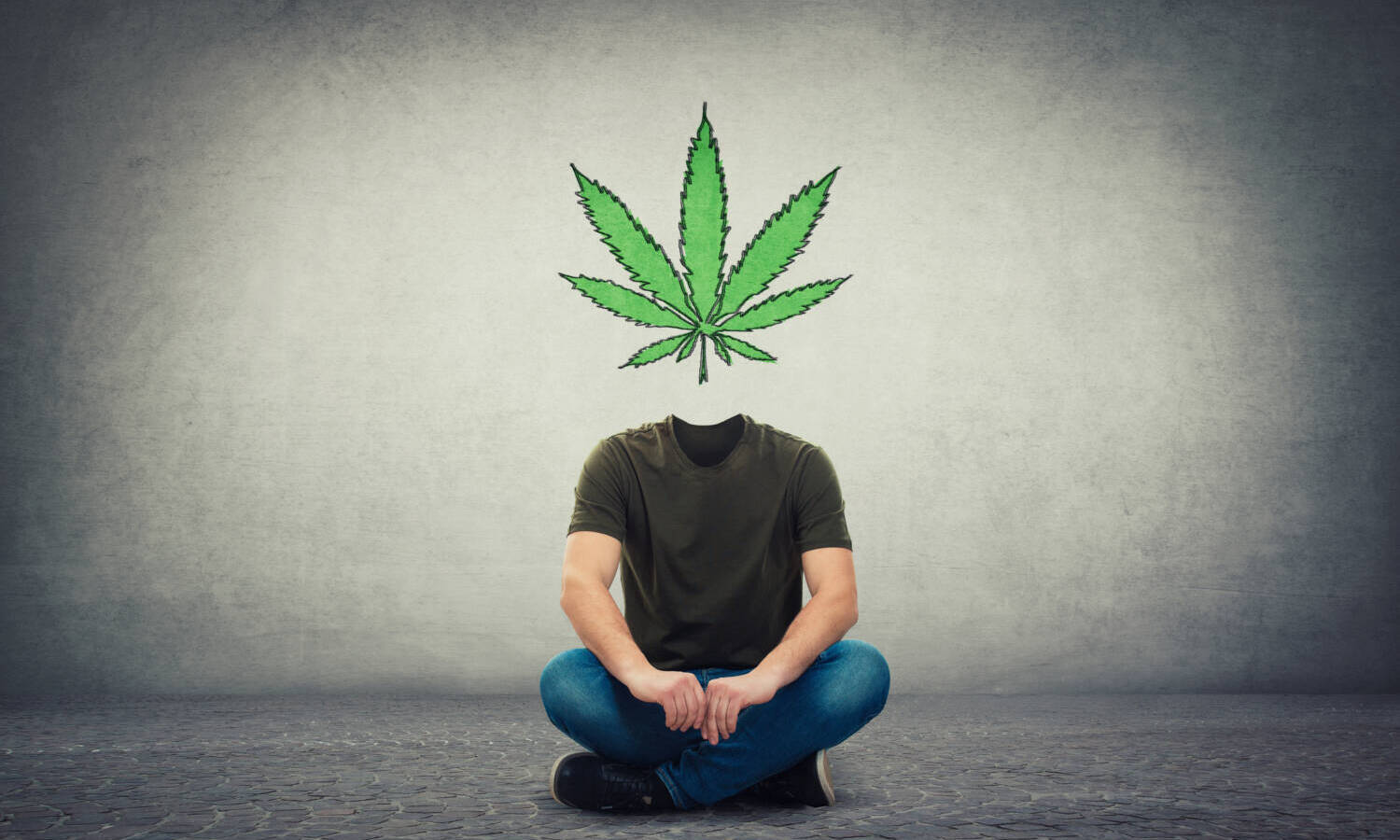
What I found refreshing about Harriet de Wit’s response is that “it’s certainly not all in your head” and I think this is something that people need to consider. There is a reason why cannabis is used for Pain Mitigation and there is a reason why people can switch from opioids for pain management to cannabis.
Throughout the rest of the article we’re going to be exploring some of the elements that’s “not in your head” and how it relates to mitigating pain when using cannabis, as well as a deeper look at the fascinating concept of placebos.
It’s Not All In Your Head!
Cannabis contains phytocannabinoids that act very similarly to your endocannabinoids. These endocannabinoids interact with your endocannabinoid system, which is responsible for regulating your entire system and maintaining homeostasis.
This is a complex system and is responsible for many different mechanisms within the body. According to a 2007 study published in Advances in Hygiene and Experimental Medicine:
“The endocannabinoid system has been recently recognized as an important modulatory system in the function of brain, endocrine, and immune tissues. It appears to play a very important regulatory role in the secretion of hormones related to reproductive functions and response to stress. The important elements of this system are: endocannabinoid receptors (types CB1 and CB2), their endogenous ligands (N-arachidonoylethanolamide, 2-arachidonoyl glycerol), enzymes involved in their synthesis and degradation, as well as cannabinoid antagonists.
RELATED: Major And Minor Cannabinoids — Which Ones Do You Need To Know By Name?
“In humans this system also controls energy homeostasis and mainly influences the function of the food intake centers of the central nervous system and gastrointestinal tract activity. The endocannabinoid system regulates not only the central and peripheral mechanisms of food intake, but also lipids synthesis and turnover in the liver and adipose tissue as well as glucose metabolism in muscle cells.
“Rimonabant, a new and selective central and peripheral cannabinoid-1 receptor (CB1) blocker, has been shown to reduce body weight and improve cardiovascular risk factor (metabolic syndrome) in obese patients by increasing HDL-cholesterol and adiponectin blood levels as well as decreasing LDL-cholesterol, leptin, and C-reactive protein (a proinflammatory marker) concentrations.
“It is therefore possible to speculate about a future clinical use of CB1 antagonists, as a means of improving gonadotrophin pulsatility and fertilization capacity as well as the prevention of cardiovasculary disease and type 2 diabetes mellitus.”
RELATED: Cannabis Helps Protect The Brain From Injury And Long Term Issues — Here’s How
In other words, cannabis can help with things like inflammation, stress mitigation, energy and vitality, etc. However, to fully understand how cannabis interacts with pain, we need to understand how pain works.
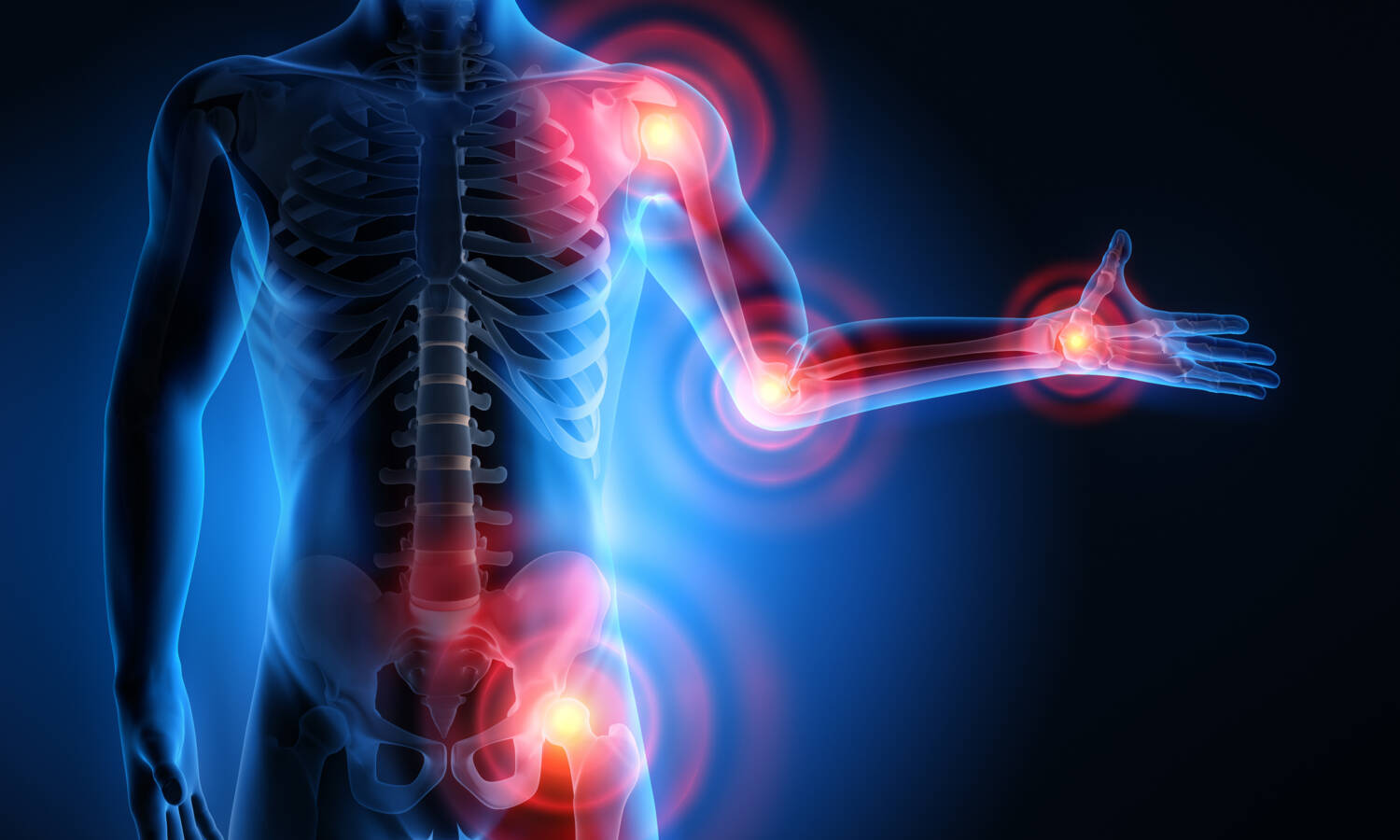
Everyday Health spoke to Sujittra Tongprasert, MD, an anesthesiologist with the University of Louisville Hospital in Kentucky.
“Pain starts at the source of an injury or inflammation, whether it’s your toe or your lower back. When you injure yourself, the body’s automatic response is to stimulate pain receptors, which in turn release chemicals, says Dr. Tongprasert.
“These chemicals, carrying the message “Ouch, that hurts,” go directly to the spinal cord. The spinal cord carries the pain message from its receptors all the way up to the brain, where it is received by the thalamus and sent to the cerebral cortex, the part of the brain that processes the message.
“In other words, the physical message from the injury travels from where you’re hurt directly to your brain, where it registers the sensation known as pain. Your brain perceives that pain, and sends the pain message back to the area of your body that hurts — and it all goes very quickly. You don’t stub your toe and notice that it hurts five minutes later; you know right away.”
As you can see, the major causes of pain is “injury and inflammation”. More often, the pain experienced by the injury is due to the inflammation of the surrounding areas and is a defense mechanism of the body to indicate that “something is wrong”. It’s a failsafe so you don’t keep on creating more damage as it heals.
Pain is primarily caused by inflammation, and cannabis helps reduce inflammation.
RELATED: Do THC And CBD Offer More Therapeutic Benefits When Combined?
Both THC and CBD are effective in reducing inflammation that is linked to several diseases. But another compound found in cannabis called the beta-carophyllene also affects the CB2 receptor. A 2008 study analyzing mice who had swollen paws and were given oral doses of beta-carophyllene showed a 70% decrease in inflammation. The mice without CB2 receptors didn’t see any improvement.
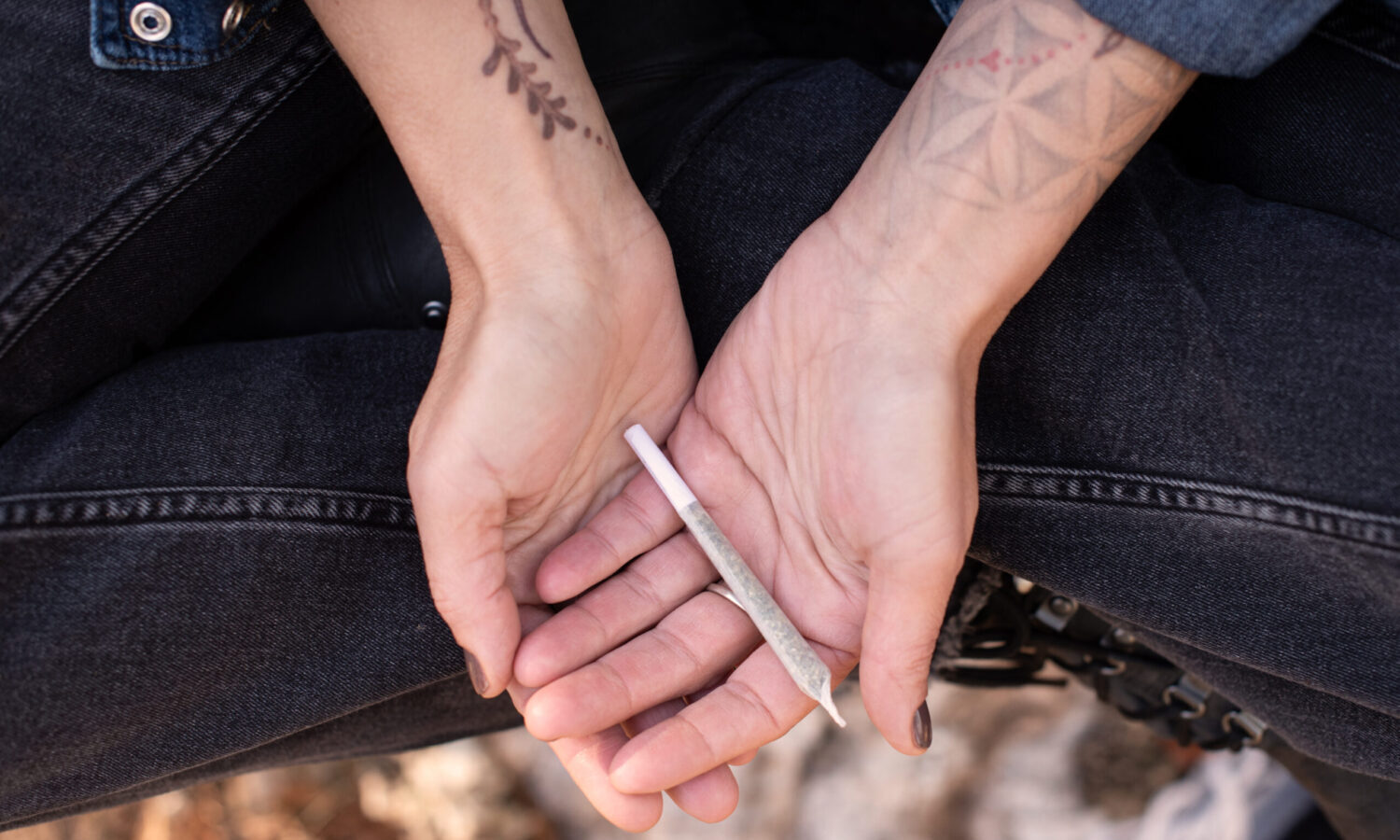
As we’ve reported before, a study published by the US National Library of Medicine found that cannabinoids control the response of the immune system and works in suppressing inflammatory responses. The human endocannabinoid system has 2 receptors: CB1, which is located in the central nervous system, is responsible for psychoactive effects; and CB2, which is found in the tissues and is responsible for inhibiting inflammation.
Therefore, despite the recent findings by researchers…there is clinical evidence that cannabis can reduce inflammation and considering that inflammation is the primary source of pain — it isn’t “wild” to believe that cannabis can in fact reduce your pain.
This isn’t to say that there isn’t a placebo effect taking place. In fact, when you take a deeper look at placebos, you begin to find something quite interesting.
The Truth About Placebos and Modern Medicine
The fact of the matter is that modern science still don’t really understand how the Placebo Effect works. This snippet from Harvard Health provides a decent introduction into what the Placebo effect really is.
“The placebo effect is more than positive thinking — believing a treatment or procedure will work. It’s about creating a stronger connection between the brain and body and how they work together,” says Professor Ted Kaptchuk of Harvard-affiliated Beth Israel Deaconess Medical Center, whose research focuses on the placebo effect.
Placebos won’t lower your cholesterol or shrink a tumor. Instead, placebos work on symptoms modulated by the brain, like the perception of pain. “Placebos may make you feel better, but they will not cure you,” says Kaptchuk. “They have been shown to be most effective for conditions like pain management, stress-related insomnia, and cancer treatment side effects like fatigue and nausea.”
However, placebo isn’t all just mental gymnastics either. In fact, in some studies, placebos are 50% as effective as real drugs for a condition, meaning that perhaps in ALL MEDICINE, placebo plays a very important role. Kaptchuk explains.
But placebos are not all about releasing brainpower. You also need the ritual of treatment. “When you look at these studies that compare drugs with placebos, there is the entire environmental and ritual factor at work,” says Kaptchuk. “You have to go to a clinic at certain times and be examined by medical professionals in white coats. You receive all kinds of exotic pills and undergo strange procedures. All this can have a profound impact on how the body perceives symptoms because you feel you are getting attention and care.”
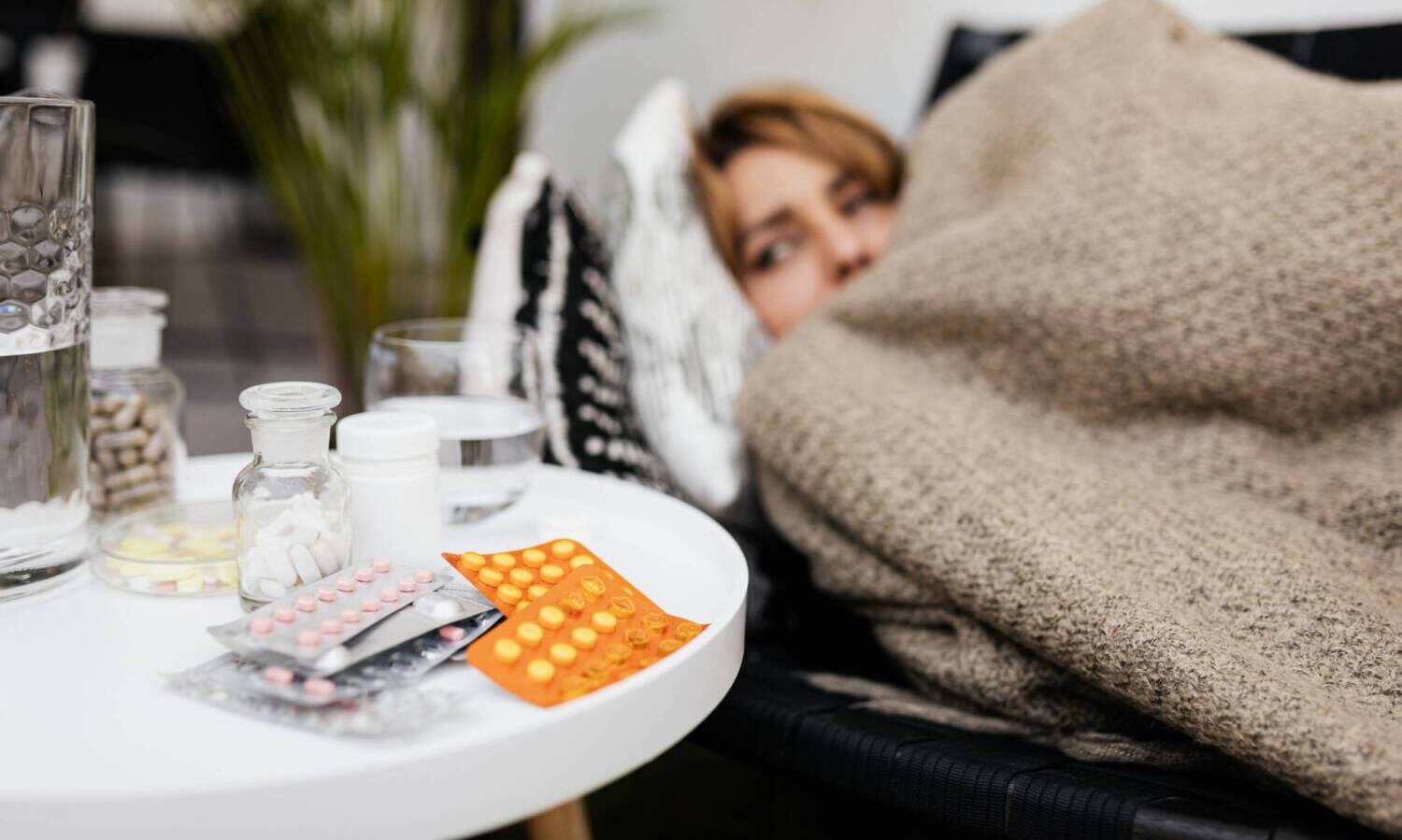
This is an incredibly interesting point. “Needing the ritual of treatment” seems to be a key component in how the placebo works. As someone who studies the occult, this makes sense.
The unconscious mind controls the vast majority of your body, thoughts, emotions, etc. It is the super computer of the human condition and, interestingly enough, it seems to only respond to theatrics, symbolism, imagery, and emotion.
Therefore, when you undergo the “ritual of the placebo”, you create the conditions to communicate directly with the unconscious mind. This, in turn, allows the unconscious to easily activate (or deactivate) certain internal mechanisms. The unconscious can then access these different mechanisms and speed up the healing process.
In fact, while some medicine does help mitigate certain symptoms, it’s always the body that does the healing!
Cannabis Is NOT a Placebo
The truth is that there is direct physiological elements at play when people take cannabis for any condition. Firstly, the key interaction with the endocannabinoid system indicates that there is some chemical alterations of neurotransmitters, which help, accelerate healing, and helps distract the mind from the symptoms themselves.
However, cannabis isn’t also not a placebo.
Over the years there have been some fantastic claims about the medical efficacy of cannabis. While I’m a strong proponent of medical cannabis, I also don’t like to bullshit myself. I have taken cannabis for “tooth pain” and felt relief after about 15-minutes, but I’ve also taken cannabis for a migraine which didn’t seem to do anything in particular.
Does this mean that cannabis isn’t working? I don’t think so.
Cannabis, with its interaction with the endocannabinoid system, is the kind of drug that helps optimize the body for healing. This is why you’ll get “sleepy” when you’re lacking sleep, or “hungry” if you are trying to stimulate your appetite.
The body knows how to heal itself (for the most part) and most medicines help mostly to suppress symptoms, to allow the body to heal.
The people who claim to feel less pain after using cannabis aren’t lying. In fact, there could be some physiological things happening that science hasn’t even discovered yet.
As we enter into the quantum age, our understanding of health is warping. We know that mindset is a powerful element for healing, and if you believe that something is making you healthier, or helping you lose weight, your body responds in kind.
Perhaps, the placebo effect is merely using higher states of consciousness to heal lower vibrational elements, such as utilizing the power of the unconscious mind to heal the physical body. This is what modern science would call placebo, and an occultist alchemy!
This article originally appeared on Cannabis.net and has been reposted with permission.

